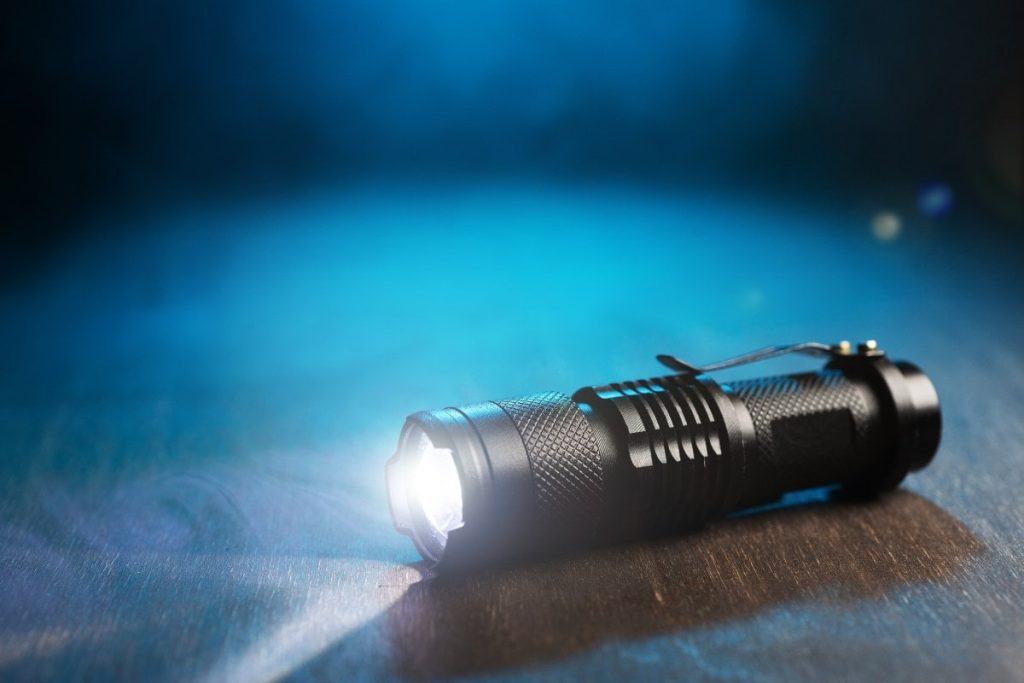In the quest for sustainable and efficient lighting solutions, the emergence of lumens as a crucial metric has propelled the lighting industry beyond conventional boundaries. Lumens, a unit measuring the total amount of visible light emitted by a source, have become the focal point in designing lighting systems that not only enhance visibility but also contribute significantly to energy conservation. This paradigm shift is reshaping the future of lighting, transcending traditional incandescent bulbs and fluorescent tubes.
Lumens Unveiled:
Understanding the concept of lumens is pivotal to appreciating the advancements in lighting technology. Unlike the outdated measure of watts, which gauges the power consumed by a bulb, lumens quantify the actual brightness perceived by the human eye. This shift from watts to lumens signifies a move towards efficiency, as it aligns more accurately with the user’s experience. With this change, consumers can now make informed choices, selecting lighting solutions based on their desired brightness rather than relying on outdated power consumption metrics.
LEDs Leading the Lumen Revolution:
Among the myriad of lighting technologies, Light Emitting Diodes LEDs have emerged as the vanguard of the lumen revolution. Their unparalleled efficiency in converting electrical energy into visible light has positioned LEDs as the go-to choice for environmentally conscious consumers and businesses alike. The efficiency of LEDs is not only attributed to their lower energy consumption but also to their ability to emit a higher number of lumens per watt compared to traditional lighting technologies. This makes LEDs not just a symbol of modern illumination but also a beacon for sustainable practices.
Sustainability at the Core:
 The adoption of lumens as a metric aligns seamlessly with the global push towards sustainability. By focusing on the brightness output rather than energy consumption, lighting solutions are becoming inherently greener. LED technology, in particular, with its long lifespan and minimal environmental impact, is emblematic of this commitment to sustainability and how bright is 1000 lumens. As businesses and households’ transition to LED lighting, the reduction in energy consumption contributes to lower carbon footprints and a more sustainable future.
The adoption of lumens as a metric aligns seamlessly with the global push towards sustainability. By focusing on the brightness output rather than energy consumption, lighting solutions are becoming inherently greener. LED technology, in particular, with its long lifespan and minimal environmental impact, is emblematic of this commitment to sustainability and how bright is 1000 lumens. As businesses and households’ transition to LED lighting, the reduction in energy consumption contributes to lower carbon footprints and a more sustainable future.
Human-centric Lighting Design:
Beyond mere brightness, the concept of lumens has paved the way for human-centric lighting design. By considering the physiological and psychological effects of light on humans, designers can now create lighting environments that promote well-being and enhance productivity. Tunable LED systems, capable of adjusting color temperature and intensity, allow for the mimicking of natural light cycles. This not only improves visibility but also positively influences circadian rhythms, demonstrating how lumens are not just illuminating spaces but enhancing human experiences. In conclusion, the shift towards lumens as the primary metric for measuring brightness represents a fundamental change in the way we perceive and utilize light. The lumens revolution is not just about brightness; it is about efficiency, sustainability, and human-centric design. As LEDs continue to lead the charge, the future of lighting looks brighter than ever, illuminating a path towards a more sustainable and efficient world.

